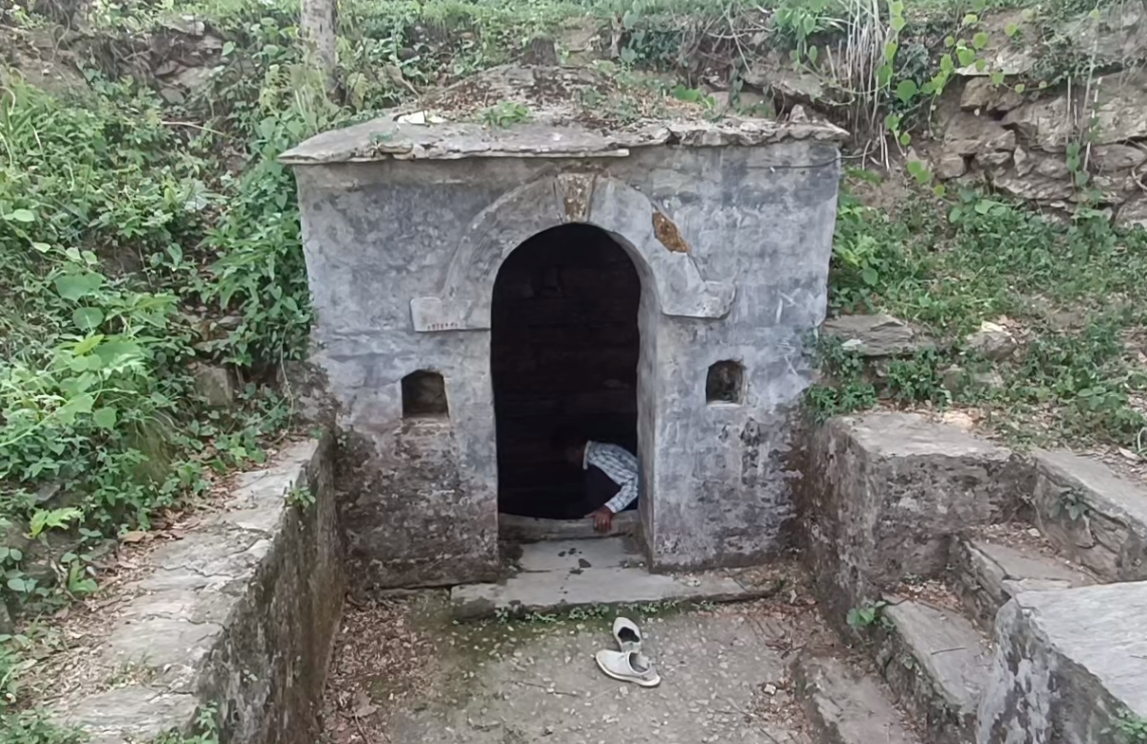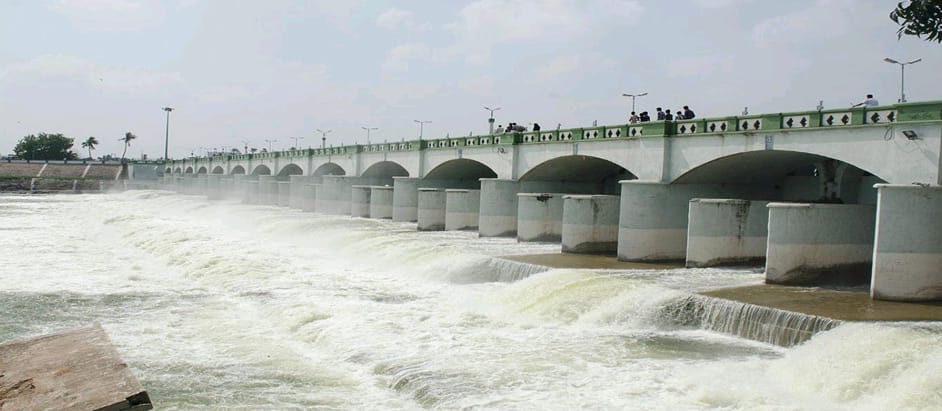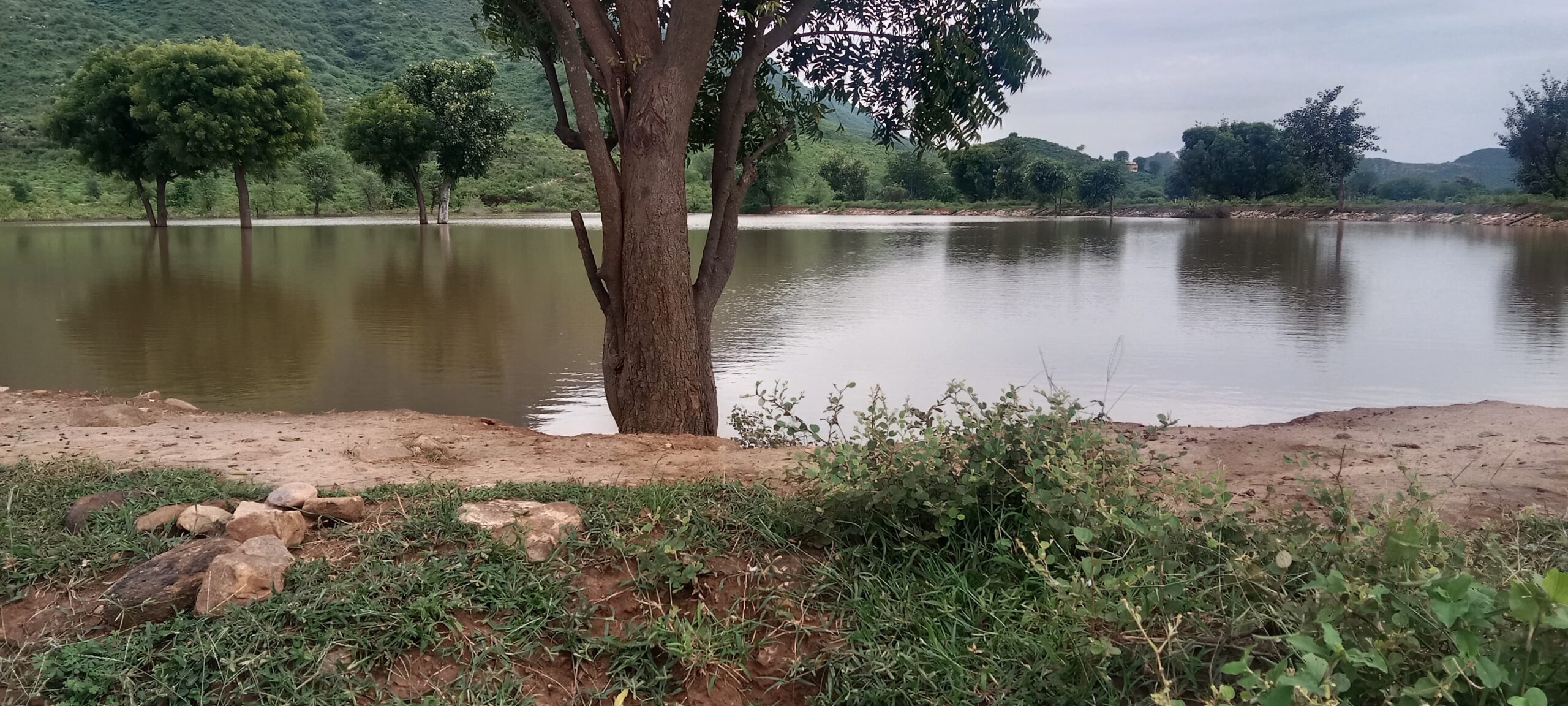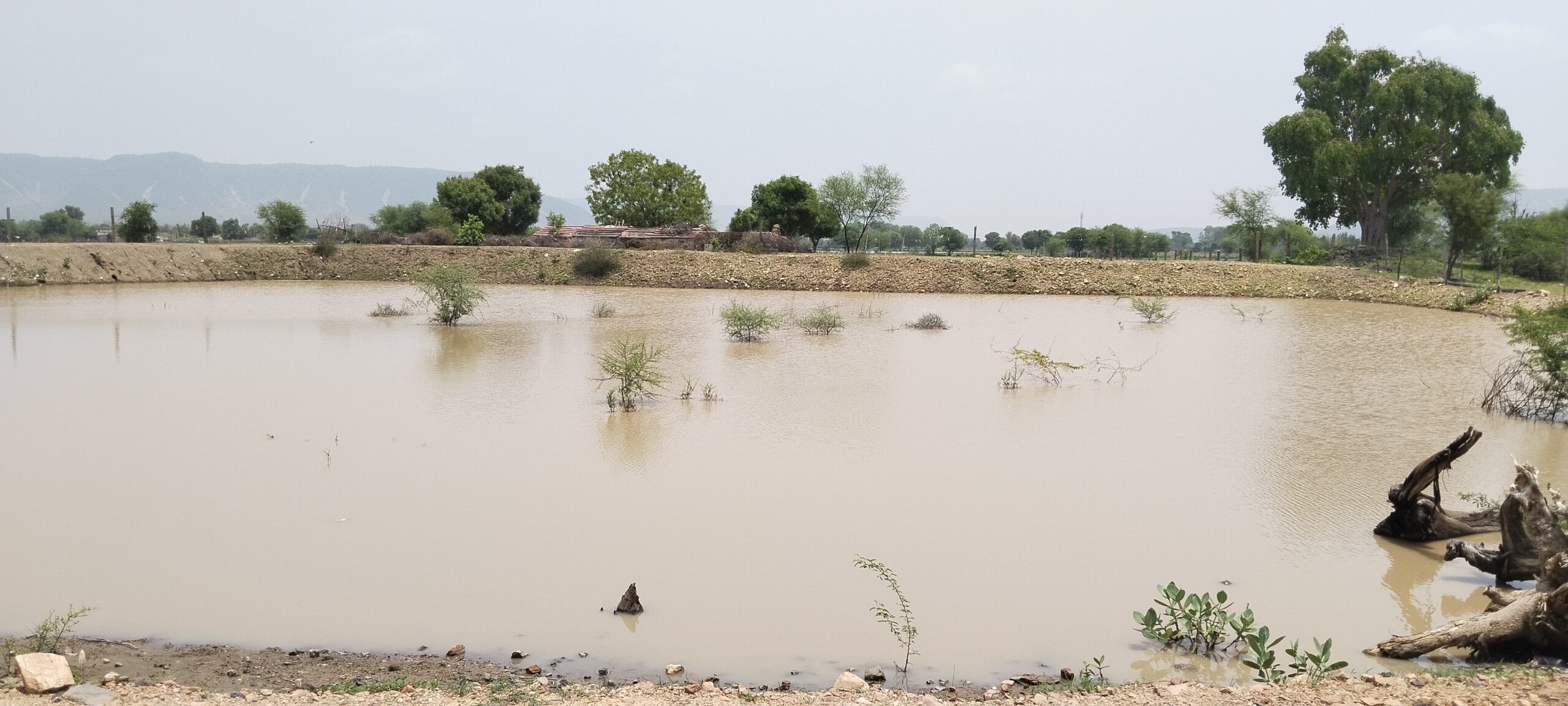Almora, a town of terraced slopes, historic temples, and meandering market lanes, is tucked amid the wooded mountains of Uttarakhand’s Kumaun region. But Almora has a legacy far deeper—quite literally—than just beautiful appeal. For millennia, its people have relied on Naulas and Dharas, ancient water collecting systems that previously soothed the town’s thirst and whispered stories of sustainability even before the word was used.
Special to the area, these Naulas are more than just physical constructions. They are cultural relics, emblems of an ecological conscience firmly ingrained in Himalayan way of life. Built in a dry masonry style using locally sourced stone, Naulas are trapezoidal stepwells sometimes ornamented with arches, sculptures, and ceremonial themes. Their deliberate placement lets groundwater at shallow depths seep through porous stone walls and pool in little reservoirs. Their sloping roofs and shaded surrounds served not only aesthetically but also helped preserve temperature and water purity.
People used to stroll to Naulas every morning and evening in Almora not only for water but also for spiritual and social ceremonies. Visiting a Naula was a household job as much as a religious deed. Fairs and celebrations centered on them; even now, residents remember tales of copper plates being laid at their base to clean the water and herbs like “amla” being added for medical uses. Nearby banjh oak trees were planted to offer cover and help the groundwater recharge. But these hallowed water shrines are under danger nowadays.

An Almora-based research project helps to clearly highlight this quiet issue. Based on field surveys, GPS mapping, interviews, and condition evaluations, the study presents a gloomy picture: just 99 of the 360 Naulas thought to have once existed in and around Almora were identified during the fieldwork, and just 69 remain functional. Worse still, just five are in good condition.
So what transpired? Though familiar, the responses are hurtful. For many, urban growth, unchecked building, and the arrival of piped water have made Naulas useless. Passed down over generations of local masons and water keepers, traditional wisdom has lost. In poorly thought out renovation projects, cement has substituted stone. Recharge zone encroaches have choked springs. Sometimes drainpipes and septic tanks empty straight into once-sacred areas. Especially instructive is the situation involving Laxmeshwar Dhara, formerly renowned for its pure, sweet water. Once a lively public resource, sewage leaks and unbridled building have caused contamination of it. Rani Dhara, another well-known spring, still runs pure—protected in part by a community remembering its significance.
All is still not lost, though. Under the direction of indigenous groups as well as NGOs like Uttarakhand Seva Nidhi, the study notes a fresh enthusiasm in preserving these systems. Right now, policy, support, and organisation are all absolutely vital. The study’s recommendations are founded and practically doable. First, it exhorts authorities to mark and legally defend buffer areas surrounding Naulas and recharging zones to stop future invasion. Second, it stresses employing ancient techniques and materials to restore Naulas, therefore avoiding modern building that disturbs natural hydrology. Expert local artists have to be involved not just for physical preservation but also for safeguarding the knowledge networks connected with these water constructions.
Ecological healing has to go hand in hand. Around recharge areas, planting native trees—oak, buransh, deodar—helps retain moisture and balance the micro-ecosystem. Rainwater collecting methods complementary to Naulas, such Guls (irrigation channels) and Chals (hilltop ponds), have to also be reintroduced.
Equally important is raising consciousness. Not as remnants of the past but rather as live, breathing components of the community’s future, interpretive signs, educational seminars, and school activities help bring Naulas back to the next generation. The report even suggests training courses to find and certify artists using age-old water-saving techniques.
Laws must thus abide. Traditional water systems are not very protected by current regulations. The report advocates fresh conservation rules and municipal planning designs including historic water sources into the development vision of the community. Eventually, heritage is about the daily mechanisms that kept civilisations alive for millennia, not only about temples and palaces. The rebirth of Naulas goes beyond only rescuing historic wells. It’s about realising that modern issues have solutions in old systems, polished over millennia of observation and experience.
Ignoring these systems would be not just a cultural loss but also an ecological tragedy in a time when Himalayan glaciers are receding and springs are drying out. Almora provides a vital lesson: sustainable living is an old wisdom we have lost rather than a brand-new innovation. The Naulas still wait, calm and worn, to be remembered as mentors rather than only monuments.
Reference
Bhandari, S., Kaur, H. Conservation Strategies for the Traditional Water Systems: A Case of Almora City, Uttarakhand. J. Inst. Eng. India Ser. A 104, 807–817 (2023). https://doi.org/10.1007/s40030-023-00759-0







Leave a Reply